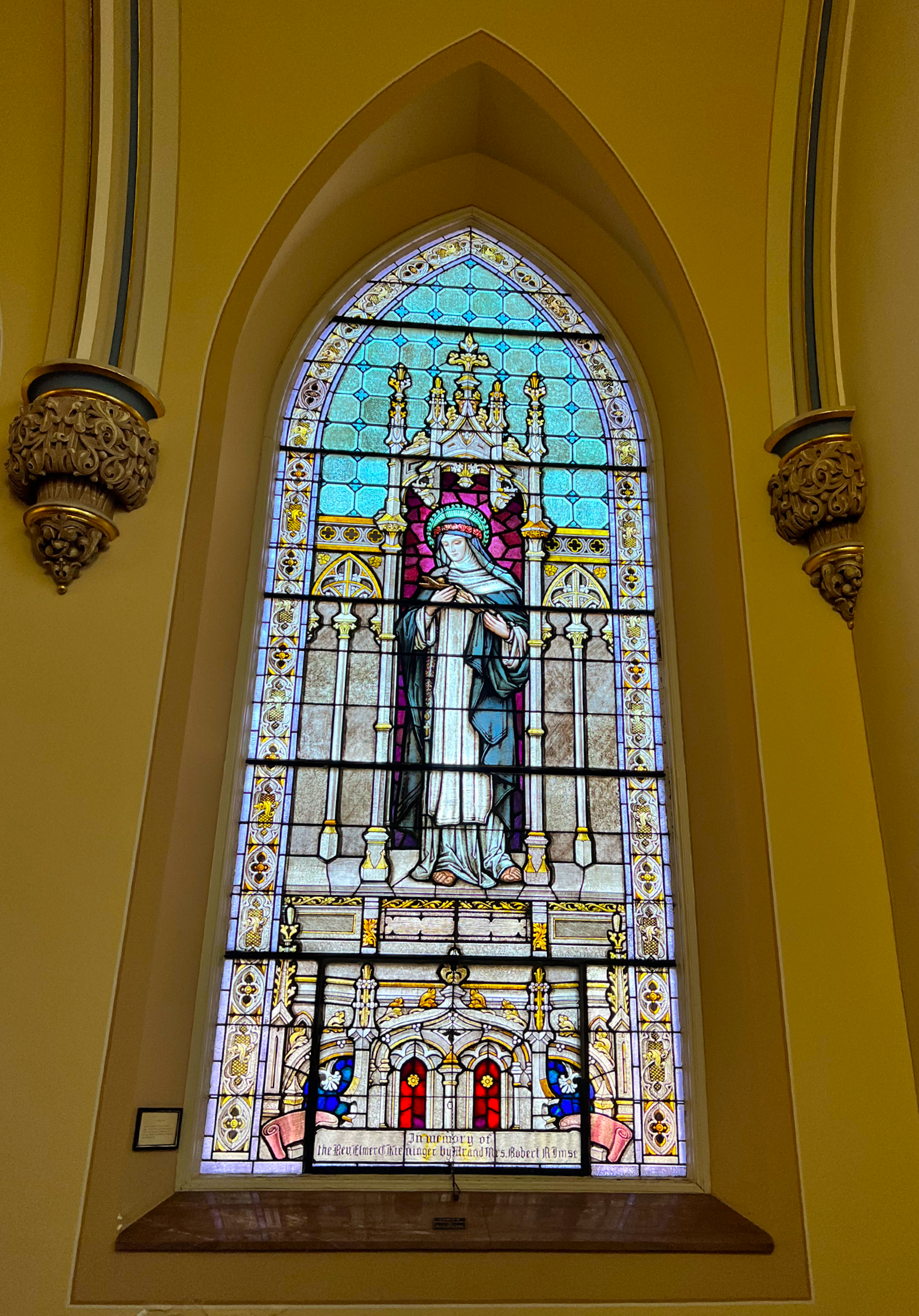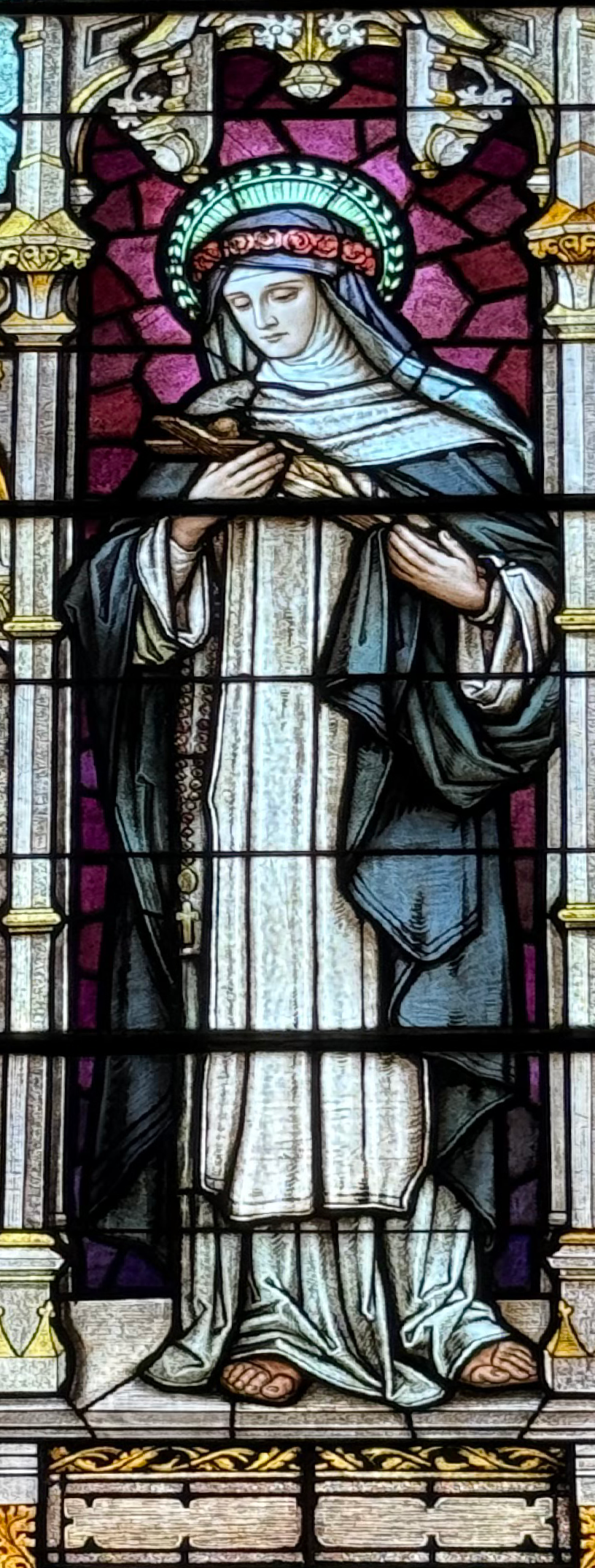
She was the daughter of a Spanish colonist in Peru. She was noted for her piety and capacity for suffering and has the distinction of being the first person of the New World to be canonized by her denomination.

In memory of the Rev. Elmer Kieninger by Mr. and Mrs. Robert R. Imse


